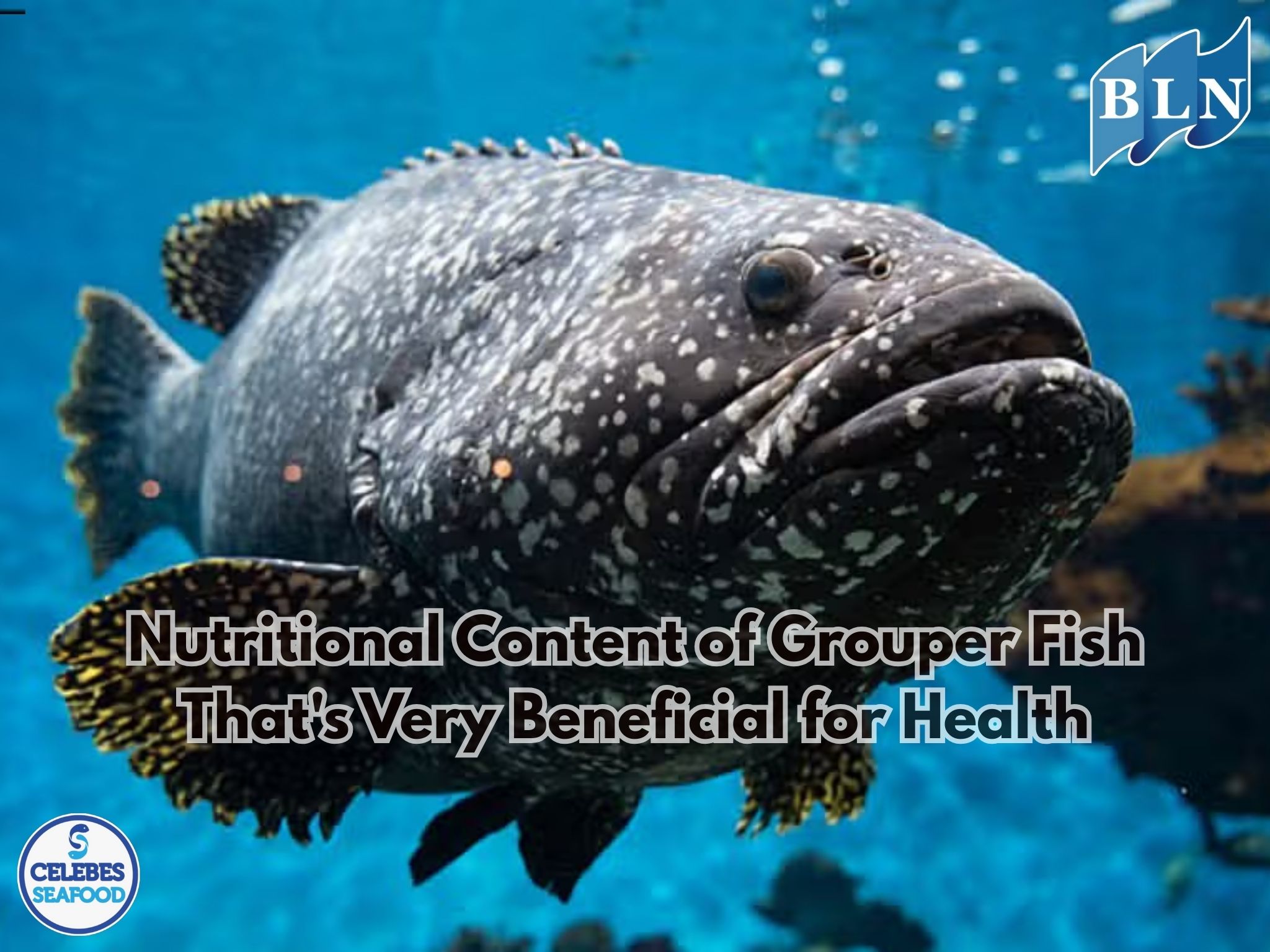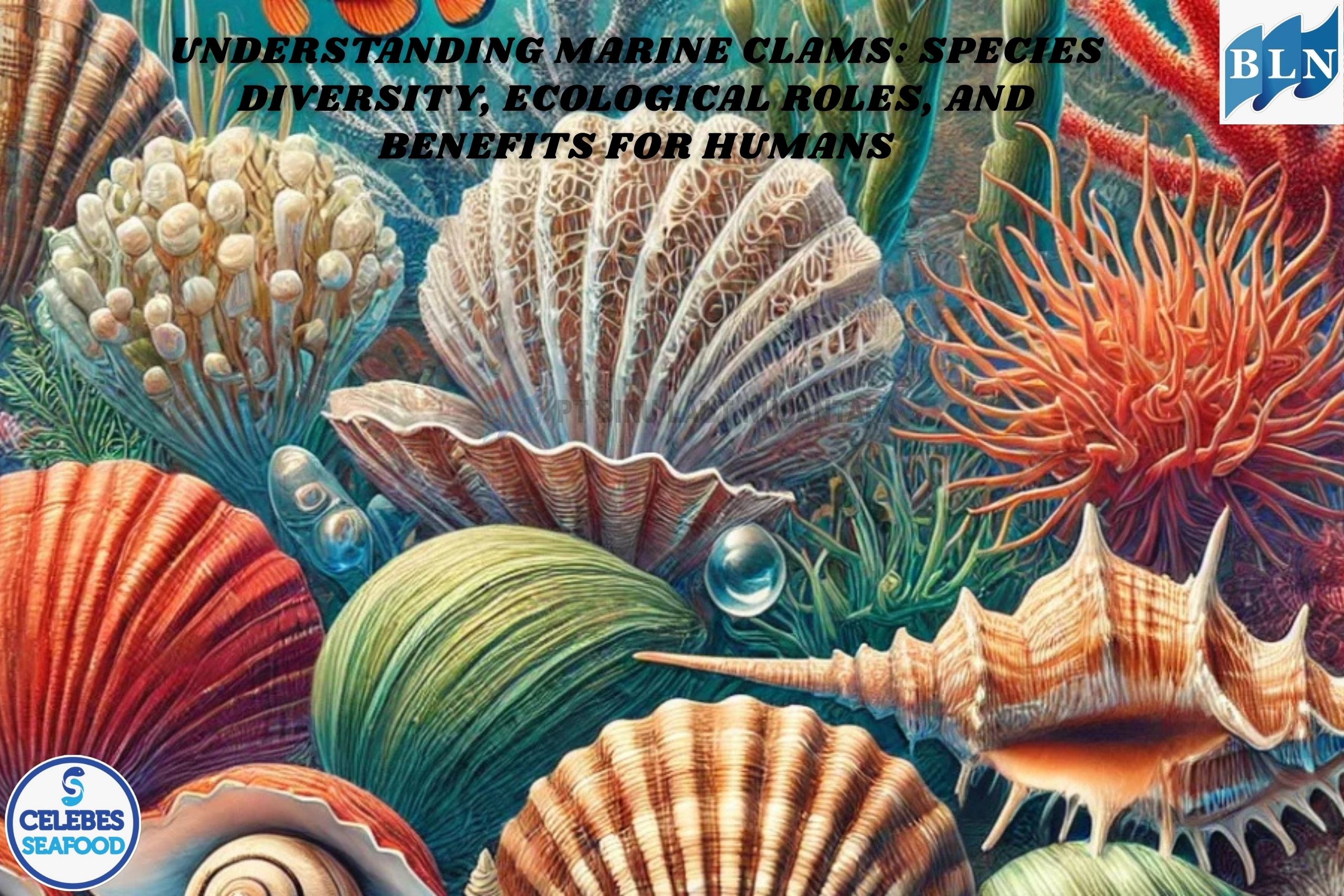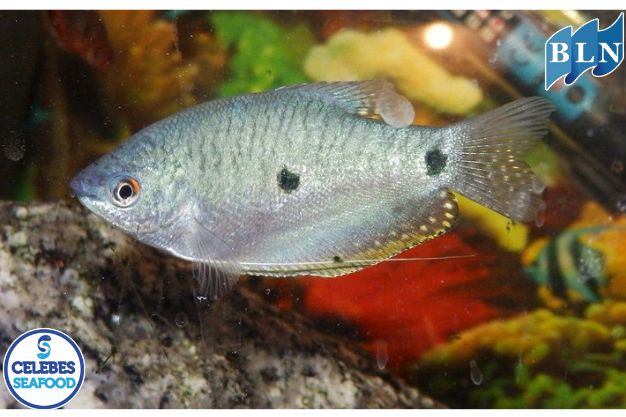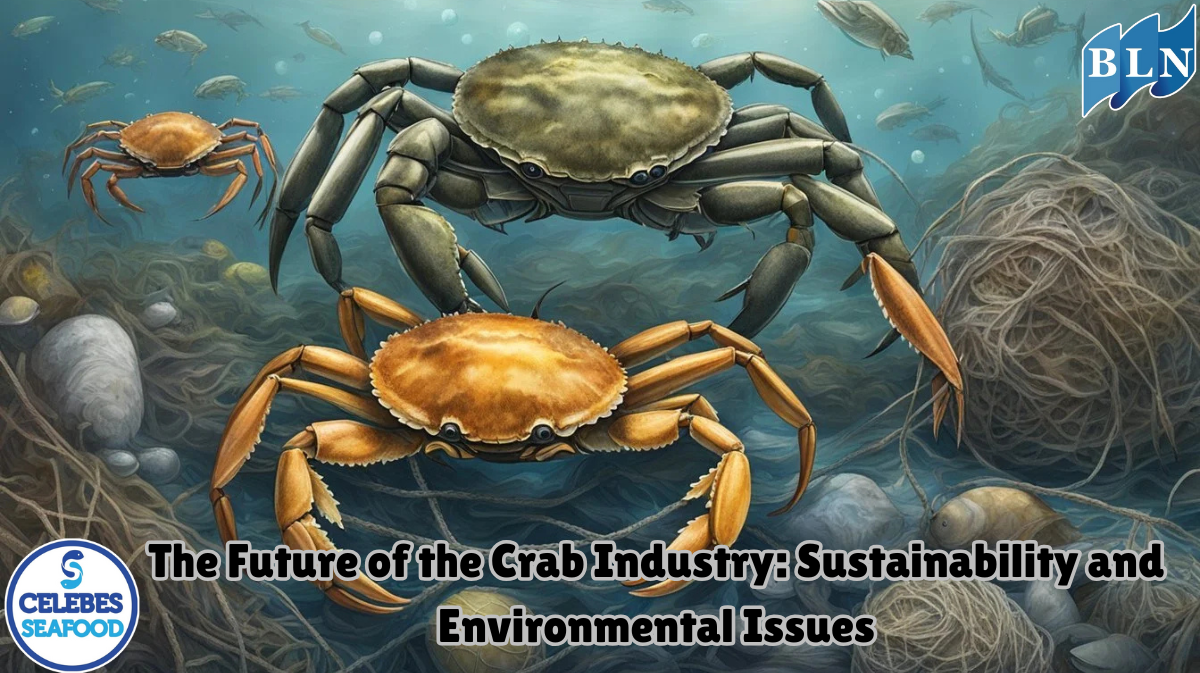Mangroves and Fisheries: A Vital Connection for Marine Life
By. Azizah - 21 Jan 2025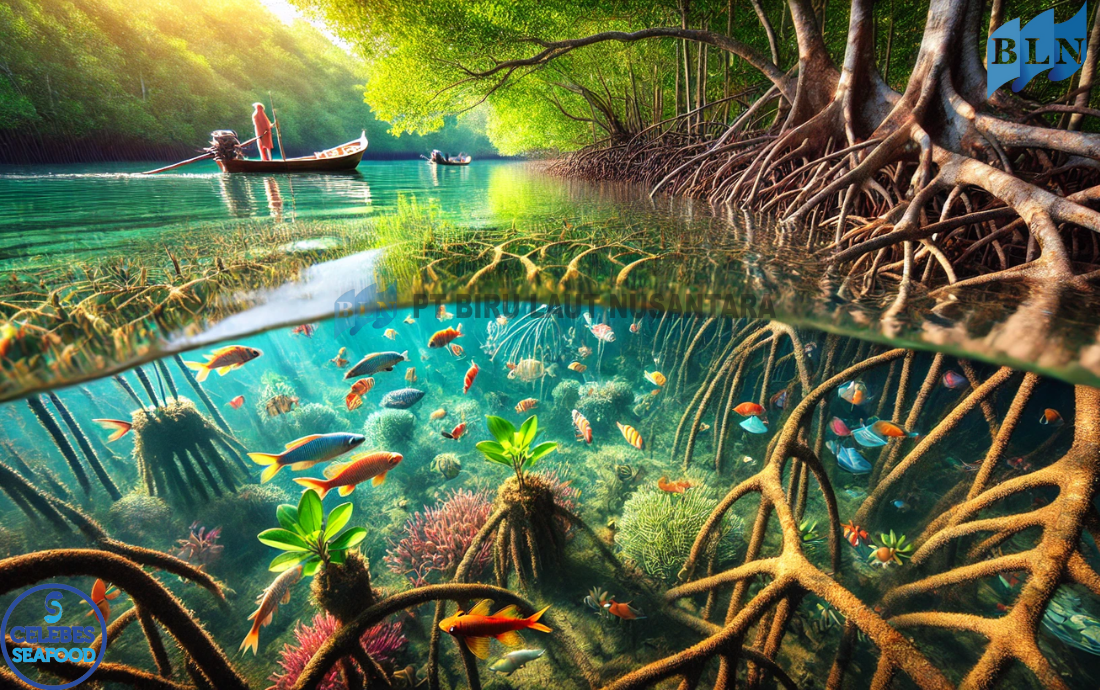
lautnusantara.com Mangroves are unique coastal ecosystems that play a crucial role in maintaining marine biodiversity and supporting fisheries worldwide. These salt-tolerant trees and shrubs thrive in intertidal zones, where they act as a bridge between land and sea. The intricate root systems of mangroves provide habitat, breeding grounds, and nurseries for a wide range of marine species, making them indispensable for healthy fisheries and the sustainability of marine life.
The Role of Mangroves in Supporting Fisheries
- Nursery Grounds for Marine Species Mangroves serve as nurseries for juvenile fish, crustaceans, and mollusks. The dense root structures offer shelter from predators, while the nutrient-rich waters provide ample food for growing species. Economically important fish such as snapper, grouper, and shrimp depend on mangrove ecosystems during their early life stages.
- Habitat Connectivity Mangroves create a connection between different marine habitats, such as coral reefs and seagrass beds. Many species use mangroves as a transitional habitat, moving between these areas as they grow and migrate. This connectivity ensures the survival of species vital to both artisanal and commercial fisheries.
- Nutrient Cycling and Water Quality Mangroves play a critical role in nutrient cycling, capturing organic material and detritus that serve as food for marine organisms. Their roots also act as natural filters, trapping sediments and pollutants, which improves water quality and protects adjacent marine ecosystems.
Read Also : Addressing the Challenges of Illegal Fishing in Indonesian Waters
Threats to Mangroves and Their Impact on Fisheries
- Deforestation and Land Conversion Large areas of mangroves have been cleared for agriculture, aquaculture, and urban development. This loss reduces habitat availability for marine species, directly impacting fish stocks.
- Climate Change Rising sea levels, increased storm activity, and temperature fluctuations threaten mangrove ecosystems. Climate-induced changes can disrupt the delicate balance needed for species that rely on these habitats.
- Pollution Mangroves are vulnerable to oil spills, plastic waste, and agricultural runoff, which can degrade their health and reduce their ability to support marine life.
Read Also : Opportunities and Challenges in Indonesia's Seafood Export on the Global Stage
Conservation Efforts and Their Importance
- Restoration Projects Replanting mangroves and restoring degraded areas have proven successful in rebuilding fish habitats and increasing biodiversity. Countries like Indonesia and India have initiated large-scale mangrove restoration programs to combat habitat loss.
- Establishing Protected Areas Designating mangrove forests as protected areas helps safeguard them from deforestation and exploitation. This also ensures the long-term sustainability of fisheries that depend on these ecosystems.
- Community-Based Management Involving local communities in mangrove conservation fosters sustainable practices. Empowering coastal populations to manage these resources promotes ecological and economic benefits.
Read Also : Exploring the Global Distribution of Yellowfin Tuna
Success Stories
- The Philippines: Mangrove restoration projects have significantly increased fish stocks and improved livelihoods for coastal communities.
- Kenya: Community-led initiatives have successfully replanted mangroves, enhancing biodiversity and creating ecotourism opportunities.
- Bangladesh: The Sundarbans mangrove forest, a UNESCO World Heritage Site, supports a rich diversity of species and provides protection against natural disasters.
Mangroves are vital for the health of marine ecosystems and the sustainability of fisheries. Their role as nurseries, habitats, and nutrient cyclers highlights their importance for both biodiversity and human livelihoods. Protecting and restoring mangrove forests is a shared responsibility that requires collaboration between governments, communities, and conservation organizations. By ensuring the survival of mangroves, we safeguard the future of marine life and the well-being of millions who depend on these ecosystems.
